Merkle Tree is a binary tree in which every node has at most 2 child nodes. Inputs of Merkle tree is placed at the leaves (from bottom)

Starting from leaves, all the transactions in the block get hashed two at a time and the new hash is stored as the parent of those 2 transaction hashes. This process is carried out till the root hash. Merkle root is stored in the block header. (although image has even number of hashes, in case of odd number transactions, last transaction hash is duplicated)
Wouldn't it be simple to just create a bunch of fake hashes that hash
to the same root hash?
If you change any transaction hash or if you add a fake transaction hash to the tree, you will get a different Merkle root from the one stored in the block header.
Since the SPV client / verifier doesn't have the transaction data and
can't verify whether the hashes contained within the Merkle Proof are
correct, I don't see how anything is actually being verified here.
I think this is the main reason why you posted this question. if SPV client does not have transaction data, how come it can verify the transaction?
It uses bloom filters. It first establishes a bloom filter. I explained bloom filters here. From spvs-and-bloom-filters-in-bitcoin-protocol/
As mentioned, SPV nodes use bloom filters to filter transactions and
block an SPV node receives from peers by selecting only transactions
of interest to an SPV node without revealing addresses or keys the SPV
is interested in. An SPV node initializes a bloom filter as 'empty'
meaning the filter won't match any patterns. The SPV node makes a list
of keys, addresses, and hashes it is interested in by extracting the
public key hash, script hash, and transaction IDs from UTXOs
controlled by a wallet. Each of these pieces of data is added to a
bloom filter which matches the patterns present in a transaction
without revealing the patterns themselves.
The SPV node sends the bloom filter to a full node with the search
parameters that checks several parts of a transaction against the loom
filter looking for matches. After a filter is established, the peer
tests each transaction output against the bloom filter, and only
matching transactions are sent back to the SPV node. The SPV node
discards false positives and uses the correct transaction to update
its UTXO set. Additionally, it modifies the bloom filter to match
future transactions that reference the found UTXO. A full node uses
the new bloom filter to match new transaction references in the search
parameters and the process repeats itself.
SPVs use Merkle trees extensively because they cannot store the full
copy of the blockchain. For an SPV to verify a transaction, it uses an
authentication path or Merkle path from the Merkle tree. For example,
an SPV node that is receiving incoming funds establishes a bloom
filter on all its connections to limit the number of transactions
received to only those that have the set filter. When a peer fids the
transaction matching the filter, it sends the block which has the
merkle block message containing the block header and the Merkle path
that links the transaction the SPV is interested in the root of the
merkle tree inside the block. The SPV node uses the merkle tree to
connect the transaction to the block and verify that it is included in
the block. This SPV node also uses the block header to link the block
to the blockchain. These two links(transaction-block,
block-blockchain) when combined prove that the transaction exists in
the blockchain. In conclusion, the SPV node will receive less than a
kilobyte of data for the block header and merkle path compared to the
full copy of the blockchain.
The steps can be summarized algorithmically as follows;
1- The SPV client request Merkle Branch from the full node for
transactions.
2- SPV client checks the Merkle Root against the block header.
3- SPV client checks that the block is at the correct depth.
-When wallets only request transactions to the addresses it owns,
full nodes will become aware of the owner, we mitigate this by using
bloom filters
4- We start with an empty array of m bits.
5- Hash the data to filter on(public key) using k hash functions to a
value greater than 0 but less than m.
6- Set the bits in the array.
7- We repeat for any other filter criteria.
8- For a full node to relay a block, it uses k hash functions and
checks for an intersection on the filter.
9- If there are no hits, the transaction is removed from the Merkle
tree and is not forwarded to an SPV client, otherwise, if there is a
hit, the pruned Merkle tree is forwarded to the client.
Note that there may be false positives meaning the SPV need to do some
work to remove them. This also serves to hide the request from full
nodes.
